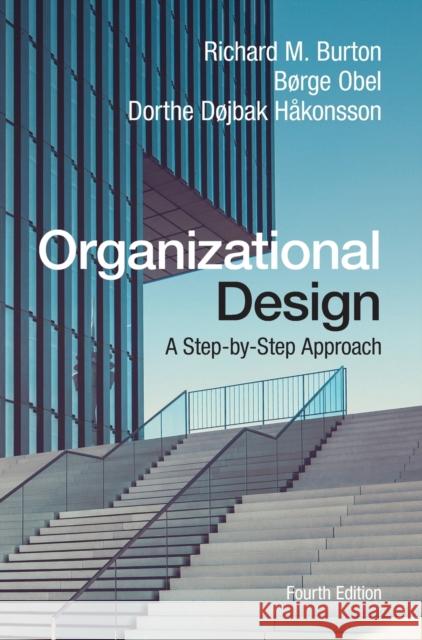Organizational Design: A Step-By-Step Approach » książka
topmenu
Organizational Design: A Step-By-Step Approach
ISBN-13: 9781108493284 / Angielski / Twarda / 2020 / 284 str.
Organizational Design: A Step-By-Step Approach
ISBN-13: 9781108493284 / Angielski / Twarda / 2020 / 284 str.
cena 388,28
(netto: 369,79 VAT: 5%)
Najniższa cena z 30 dni: 385,93
(netto: 369,79 VAT: 5%)
Najniższa cena z 30 dni: 385,93
Termin realizacji zamówienia:
ok. 22 dni roboczych
Dostawa w 2026 r.
ok. 22 dni roboczych
Dostawa w 2026 r.
Darmowa dostawa!
Now in its fourth edition, this comprehensive textbook uses a multi-contingency model to communicate the fundamentals of traditional and new organizational forms.











